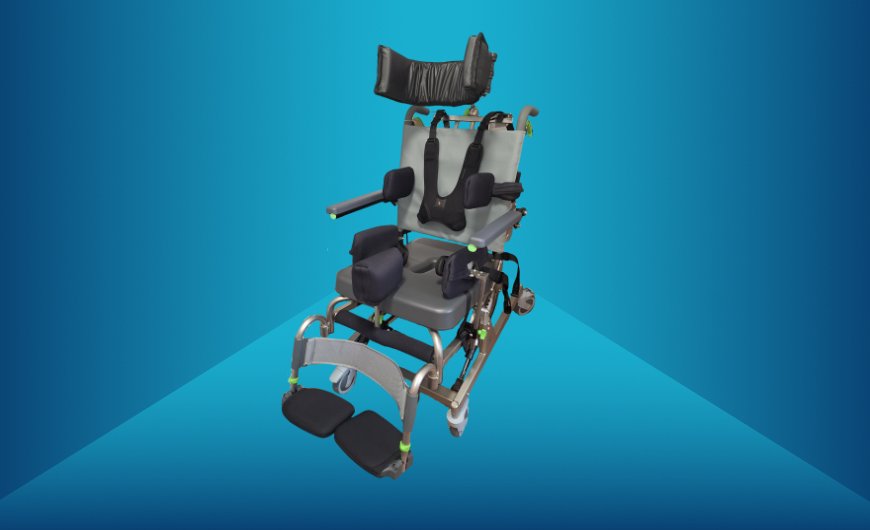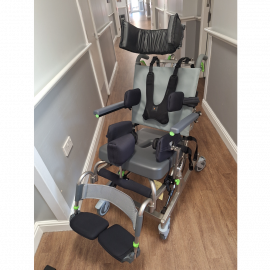At Wealden Rehab, we understand that dignity and safety in personal care are fundamental to a person’s quality of life. When a client has complex medical and postural needs, this can make even simple daily tasks like showering, a significant challenge. We recently had the privilege of working closely with a dedicated care team and Occupational Therapist to help transform one young man’s bathing experience.
Requirements
The client, a 20-year-old gentleman with profound and multiple learning disabilities, lives with bilateral dyskinetic cerebral palsy, dystonia, and respiratory issues including reoccurring chest infections. He is PEG fed, fully hoisted for transfers, and experiences high levels of involuntary and forceful movement due to his condition. These complex needs made finding a safe and comfortable bathing solution critical—but also incredibly challenging.
Challenges
When he first moved into his care home in 2023, strip washes on the bed were the only option. However, these soon proved unsuitable due to practical difficulties and risks. A shower trolley was briefly introduced, but it quickly became apparent this wasn’t safe. His strong dystonic movements made it difficult to position and support him securely, especially in a confined bathroom space that couldn’t accommodate both the shower trolley and the two carers required. Moreover, the client had a history of anxiety around showering. Although some desensitisation work had helped him become more comfortable around water, he had never experienced a full, supported shower in a safe and appropriate chair.
Solution
Recognising the complexity of his needs, a joint assessment was arranged with the care home’s Occupational Therapist and Wealden Rehab sales team, Adam and Silas. Together, they assessed the client using the RAZ-AT shower chair, a highly adjustable, specialist shower chair designed to meet high support and safety requirements.
To accommodate his postural and movement needs, the RAZ-AT was customised with:
- Tilt-in-space function (up to 40 degrees) to assist with positioning and reduce aspiration risk.
- Lateral supports, pommel, chest harness, lap belt, and headrest for total body support.
- Padded footplates and a solid seat with drainage hole, as aperture was not needed.
- Double-height moulded headrest for better head control, given the client’s active movements.
- Neoprene and gel padding on all contact points for comfort and safety.
- Extended hip guides and longer leg abductor brackets to prevent crossing legs and forward thrusting of the pelvis.
During the assessment, the client was hoisted into the chair and responded well, with all necessary adjustments made on-site. The care team were shown how to fine-tune the supports, with a brochure left behind detailing all the chair’s specifications and adjustment options.
A follow-up visit post-delivery confirmed successful setup. The client was well-positioned and coped brilliantly in his new chair—an impressive first, considering this was the first real showering solution he’d ever had access to.



